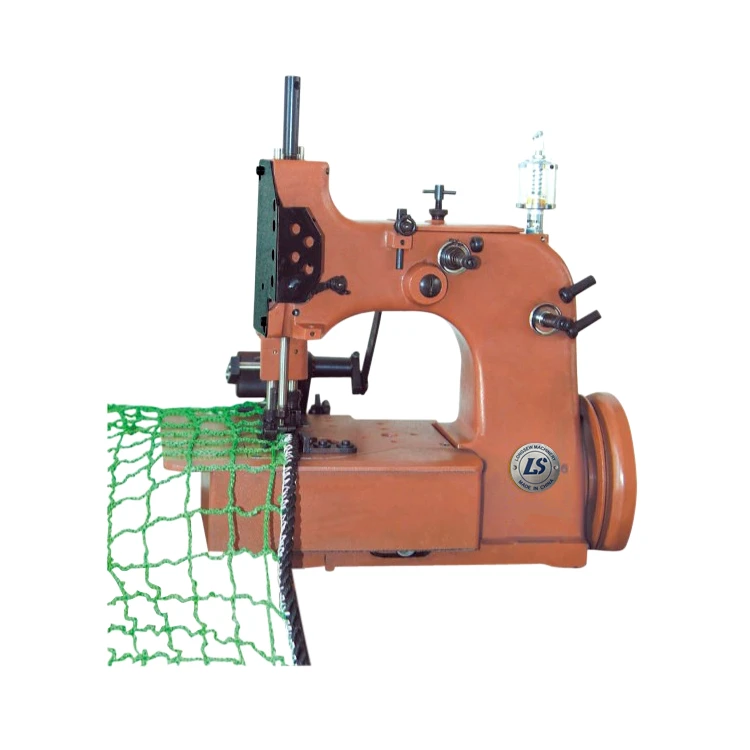double needle chain stitch
Understanding Double Needle Chain Stitch A Comprehensive Overview
In the world of textiles and garment manufacturing, the importance of sewing techniques cannot be overstated. Among the myriad of stitching methods, the double needle chain stitch stands out for its unique characteristics and versatility. This article delves into the intricacies of double needle chain stitching, its applications, advantages, and challenges.
What is Double Needle Chain Stitch?
At its core, the double needle chain stitch is a specialized sewing technique that employs two needles threaded with separate threads to create a chain-like stitch pattern. This method is commonly associated with industrial sewing machines and is particularly favored for its efficiency and the durability of its seam. The technique is known for producing a strong, flexible seam that can withstand significant tension, making it ideal for various types of fabrics, especially in activewear and denim.
How Does it Work?
The double needle chain stitch effectively uses two needles feeding through the fabric simultaneously, with each needle making its own stitch. The mechanism involves a looper that catches the threads from both needles and interlocks them beneath the fabric. The result is a beautifully finished, two-line seam on the fabric's top side and a chain-like appearance underneath. This structure not only enhances the aesthetic appeal of the stitching but also ensures that the seam remains intact even under considerable stress.
Applications of Double Needle Chain Stitch
The versatility of double needle chain stitching makes it suitable for a wide array of applications. One of the most prominent uses is in the production of knitwear, where stretchability is paramount. Additionally, this stitch is commonly found in
1. Denim Manufacturing Used extensively in jeans, the double needle chain stitch provides the necessary strength needed to withstand wear and tear. 2. Activewear Production The flexibility of the stitch is ideal for garments designed for physical activities, allowing for movement without compromising the integrity of the seam. 3. Home Textiles Items like curtains, tablecloths, and bed linens often utilize this stitch for both decorative and practical purposes.
double needle chain stitch

Advantages of Double Needle Chain Stitch
The double needle chain stitch has several advantages that make it appealing for manufacturers
1. Durability The chain structure inherently provides a strong seam, making it perfect for clothing that endures frequent use and washing. 2. Flexibility The stitch allows for significant stretch, which is crucial in activewear and fitted garments. 3. Aesthetic Appeal The dual lines created by the double needle technique offer a stylish appearance, enhancing the visual quality of the finished product. 4. Efficiency Since two lines of stitching are created simultaneously, sewing time is reduced, leading to increased productivity in manufacturing settings.
Challenges and Considerations
Despite its many benefits, the double needle chain stitch does come with certain challenges. Setting up the machinery can be complex and may require skilled operators familiar with the machine's specifications. Additionally, threading the two needles and ensuring proper tension for both threads is crucial; otherwise, it can lead to uneven seams or thread breakage.
Moreover, while the stitch is robust, it may not be as suitable for heavier fabrics without modifications, as the weight can affect the stitch's performance. Thus, manufacturers need to consider fabric types and intended uses when deciding to implement this stitching method.
Conclusion
The double needle chain stitch represents a harmonious blend of strength, functionality, and style. Its ability to create durable, flexible seams has made it a staple in the textile industry, especially for garments requiring longevity and aesthetic appeal. As fashion continues to evolve, so too will the methods we use to create it. Understanding and utilizing techniques like the double needle chain stitch will remain essential for manufacturers looking to meet the demands of modern consumers while ensuring quality in their products. Whether you’re a designer, manufacturer, or simply an enthusiast of the craft, mastering this stitch can unlock a world of possibilities in garment production.
-
Boost Production Efficiency with a Pattern Sewing MachineNewsAug.29,2025
-
Industrial Excellence with the Best Heavy Duty Sewing MachineNewsAug.29,2025
-
Precision and Power with the Best Pattern Sewing MachineNewsAug.29,2025
-
Reliable Bulk Packaging Starts With the Right FIBC Sewing MachineNewsAug.29,2025
-
Advanced Packaging Solutions: Elevate Productivity with Jumbo Bag Sewing Machine and Industrial Stitching EquipmentNewsAug.29,2025
-
High-Performance Solutions for Bulk Packaging: FIBC Sewing Machine and MoreNewsAug.29,2025
-
Maximize Efficiency with an Industrial Cylinder Arm Sewing MachineNewsAug.28,2025


























